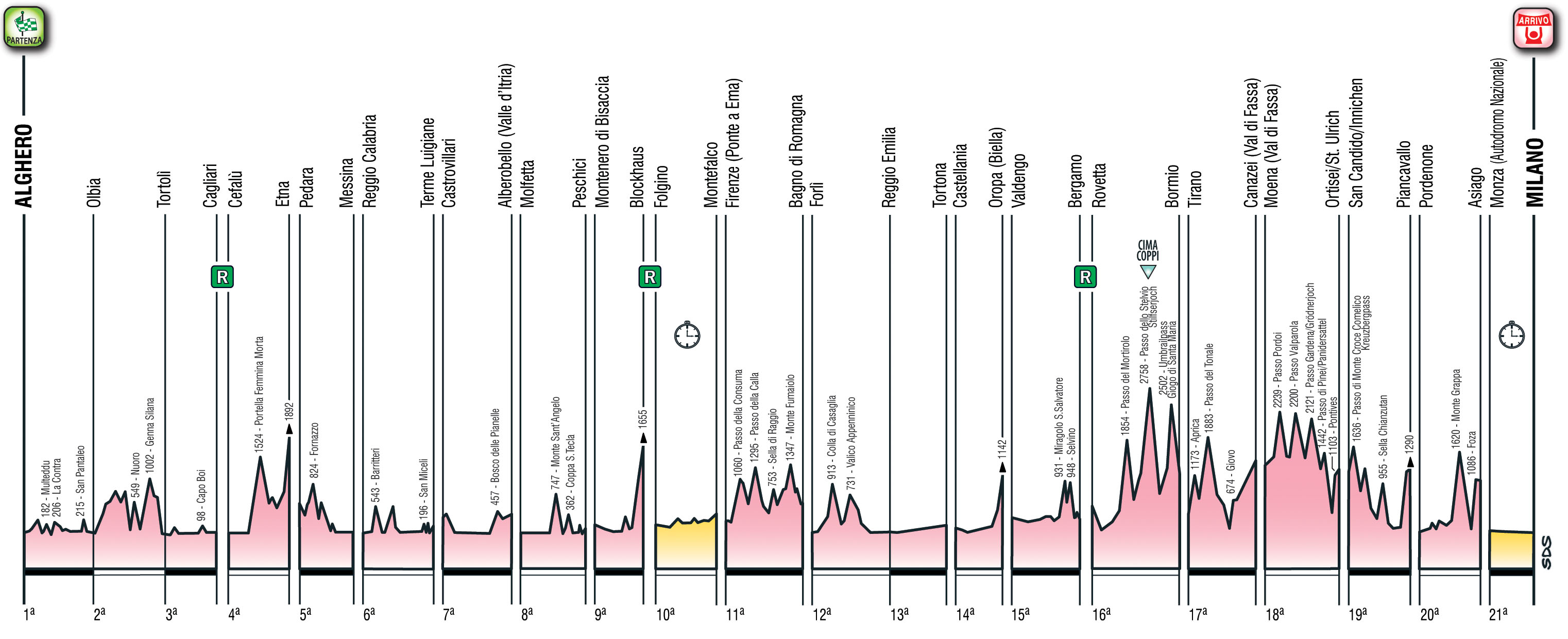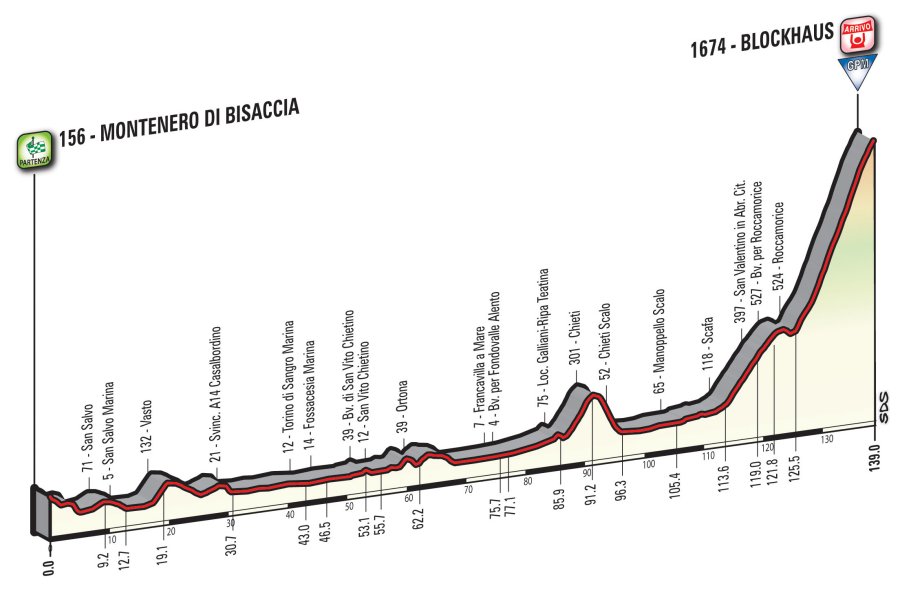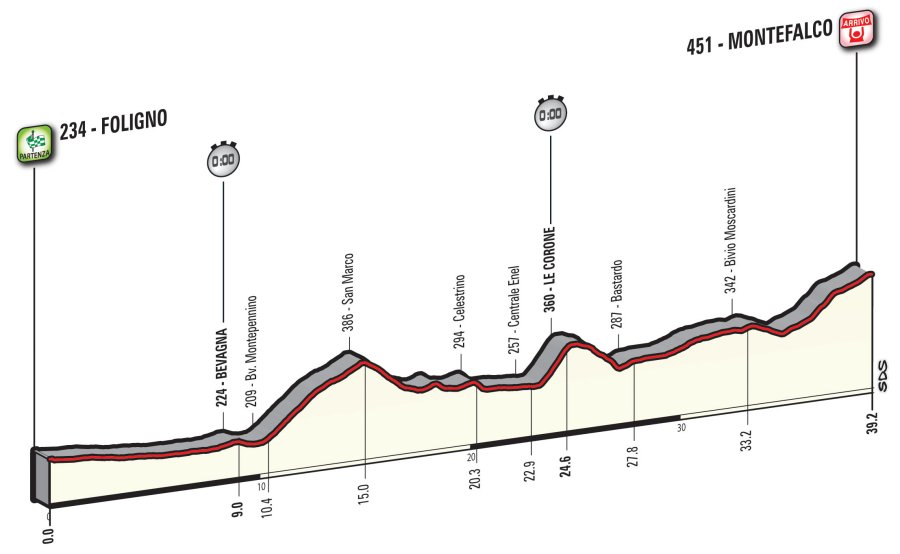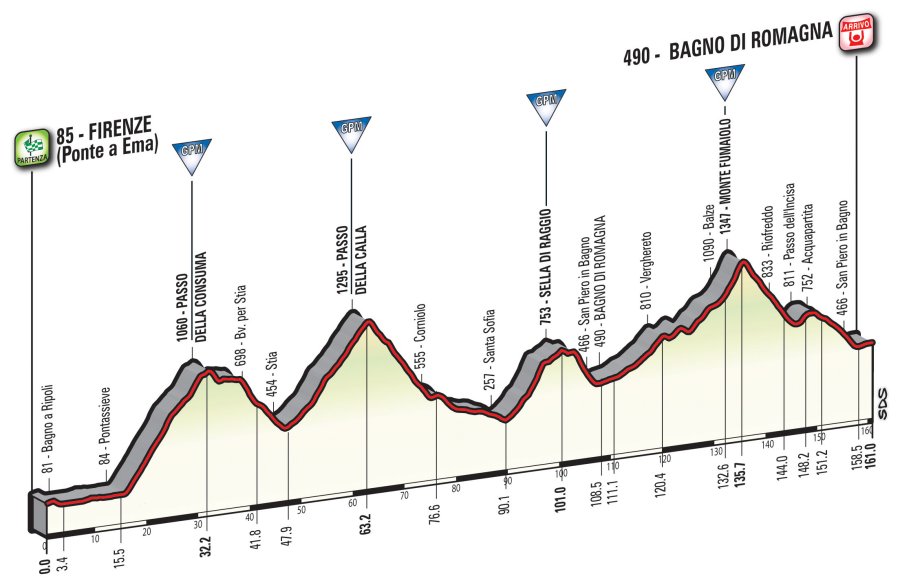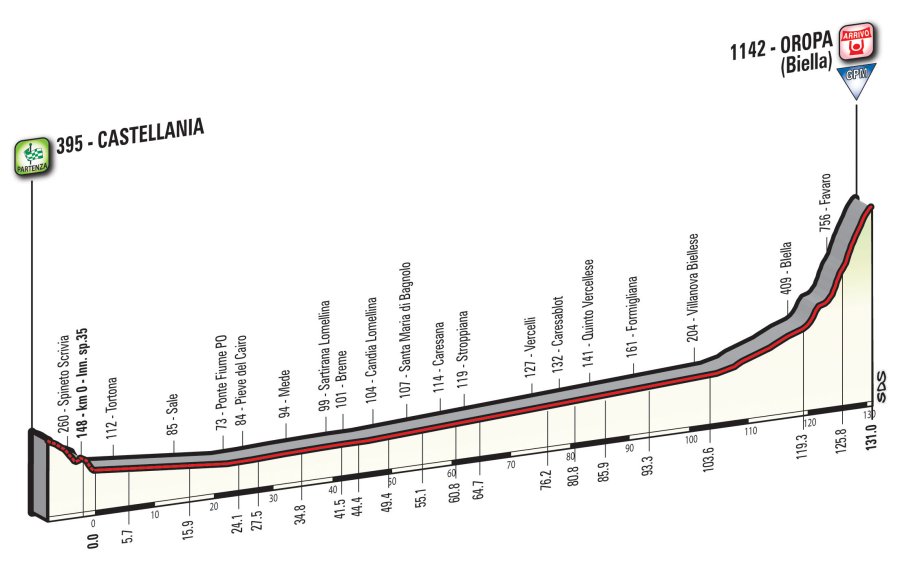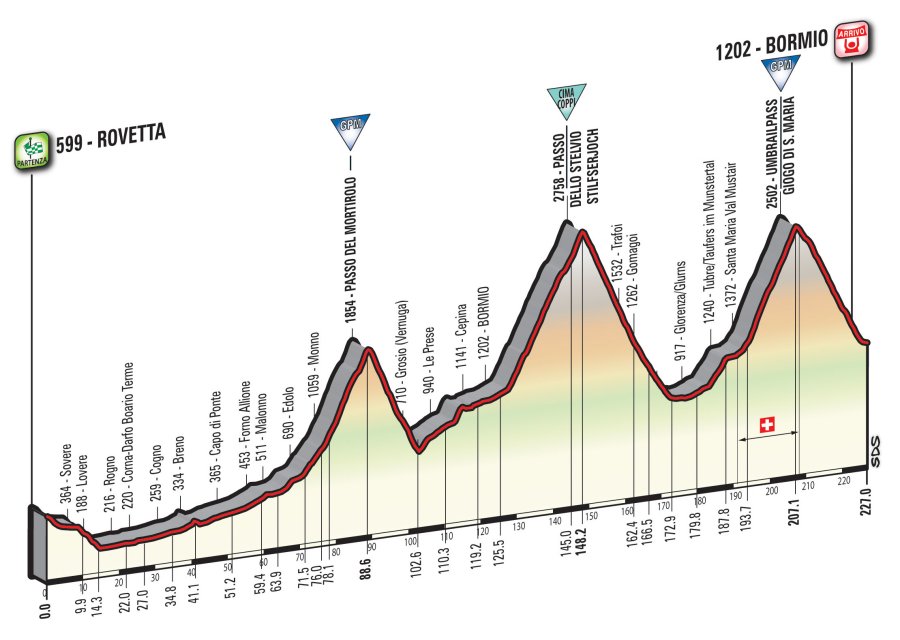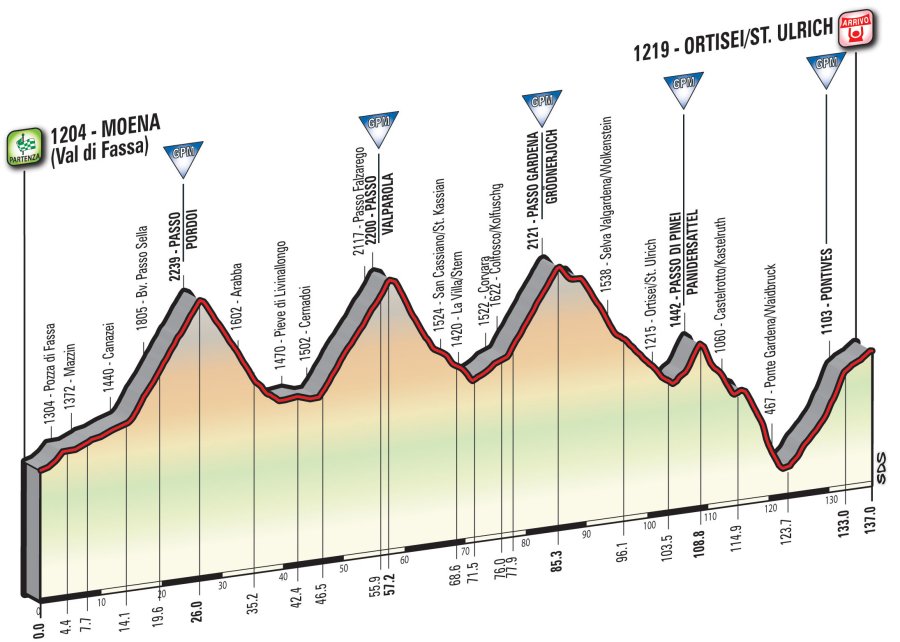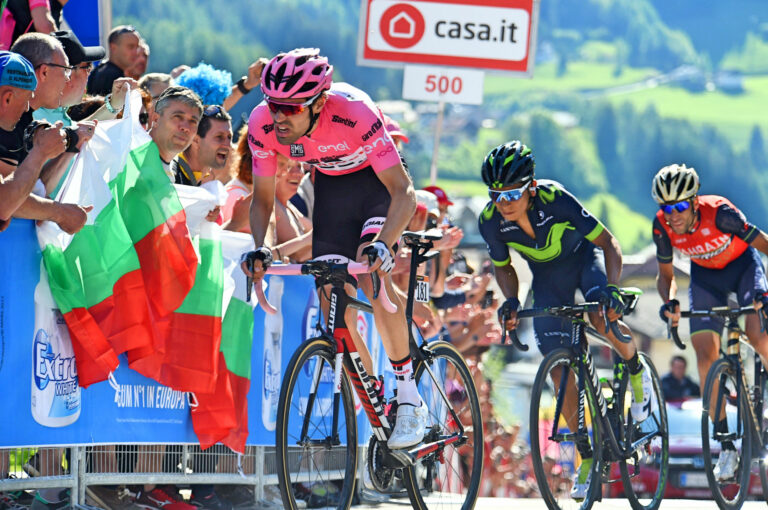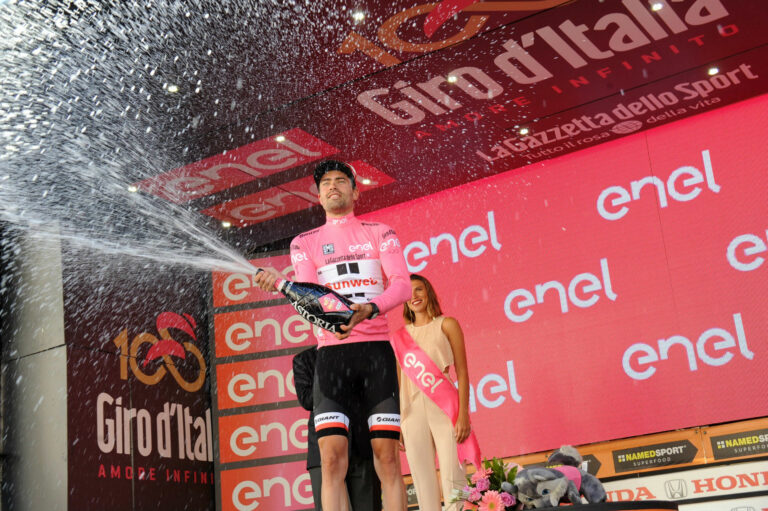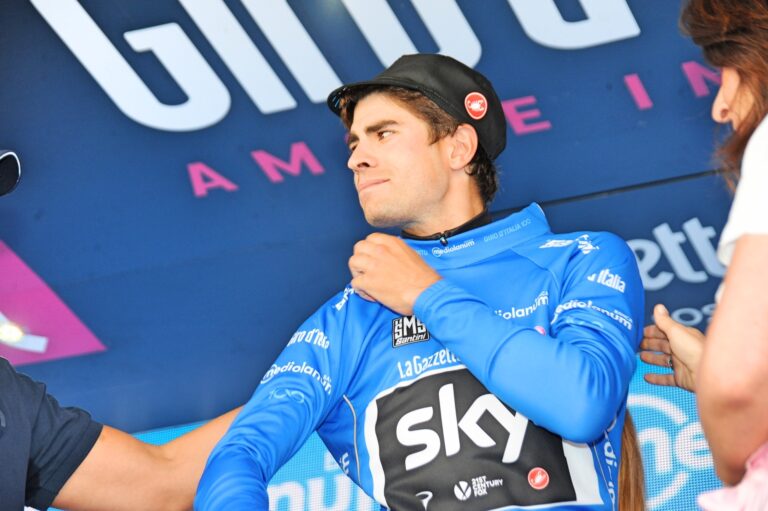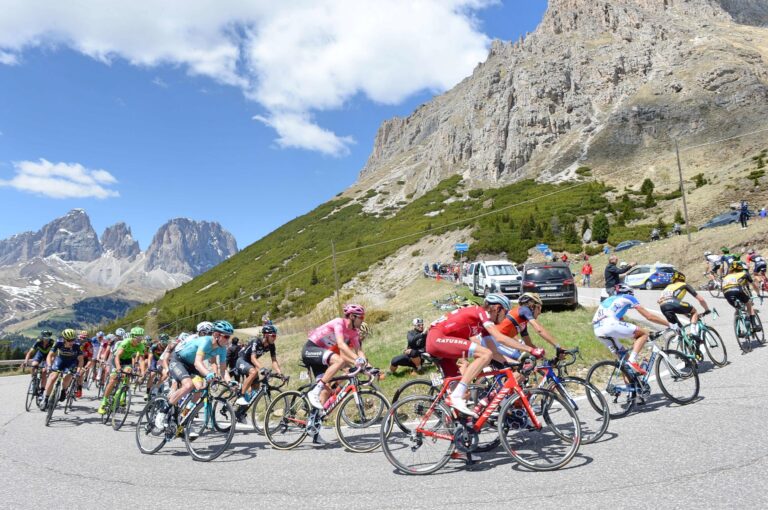The 100th Giro d’Italia pays homage to some of its former winners, with a mountain-heavy final week – including a double ascent of the Stelvio on the same day the peloton tackles the Mortirolo – among the highlights of this year’s race, which starts on Friday (May 5).
A balanced parcours has been enough to tempt some of the biggest names to target the milestone Giro d’Italia, with organisers RCS Sport serving up an intriguing mix of stages, including a total of 67km of time trialling – with the second and final race of truth on the final day.
– Giro d’Italia 2017 preview: the form guide –
Mountain tests include the brutal stage mentioned above, alongside summit finishes on Mount Etna and Blockhaus with the race starting in Sardinia, moving to Sicily and then covering the length of Italy before its Milan finale.

For the sprinters, there will be a chance to wear the maglia rosa on stage one, but there is nothing for them in the final week, which could mean big names like Andre Greipel (Lotto-Soudal) start the race before dropping out to ready themselves for the Tour.
– Giro d’Italia 2017: TV schedule –
The fight for the general classification will run until the final rider finishes the time trial in Milan, however – the last time the Giro ended with a test against the clock, in 2012, the maglia rosa changed hands on the final day.
So what can we expect from the race, and where will the maglia rosa be won or lost? We’ve picked out the key stages, but first let’s take a closer look at that route…

